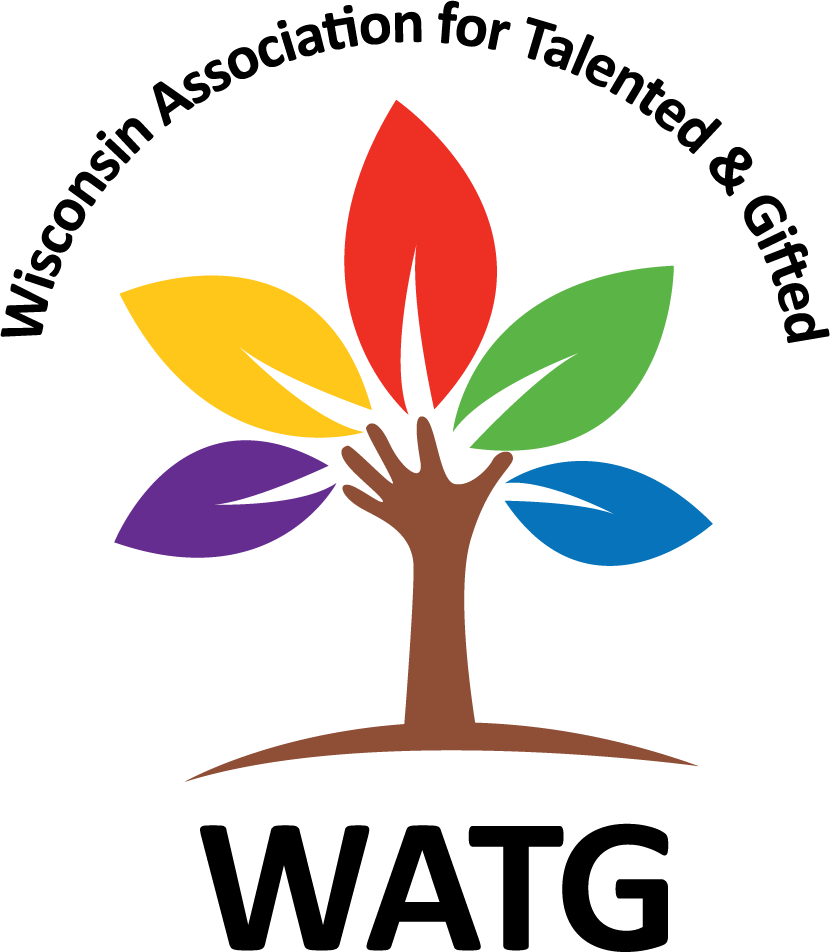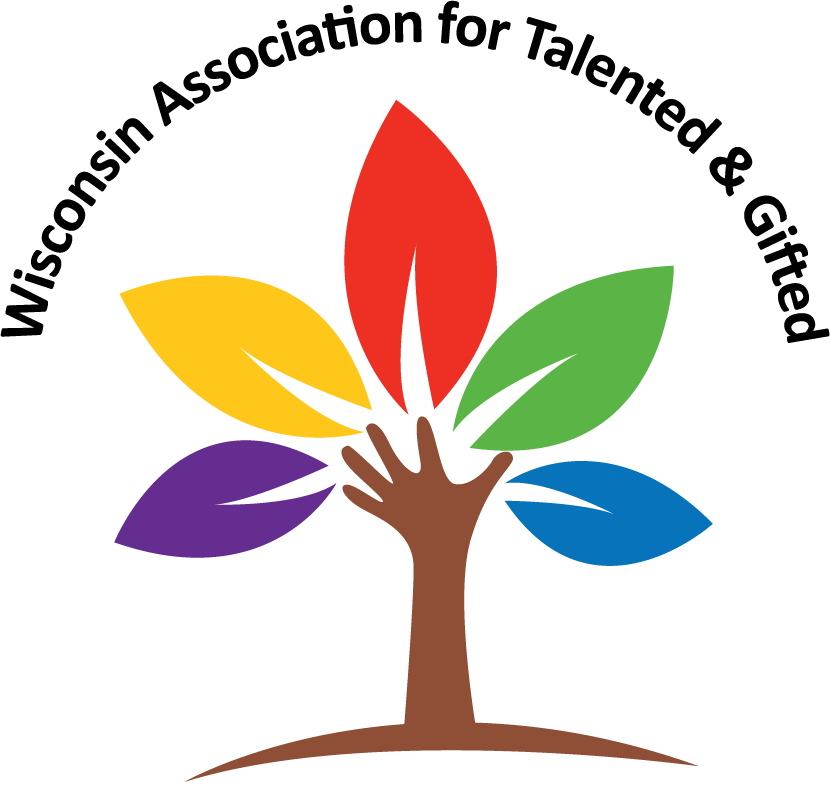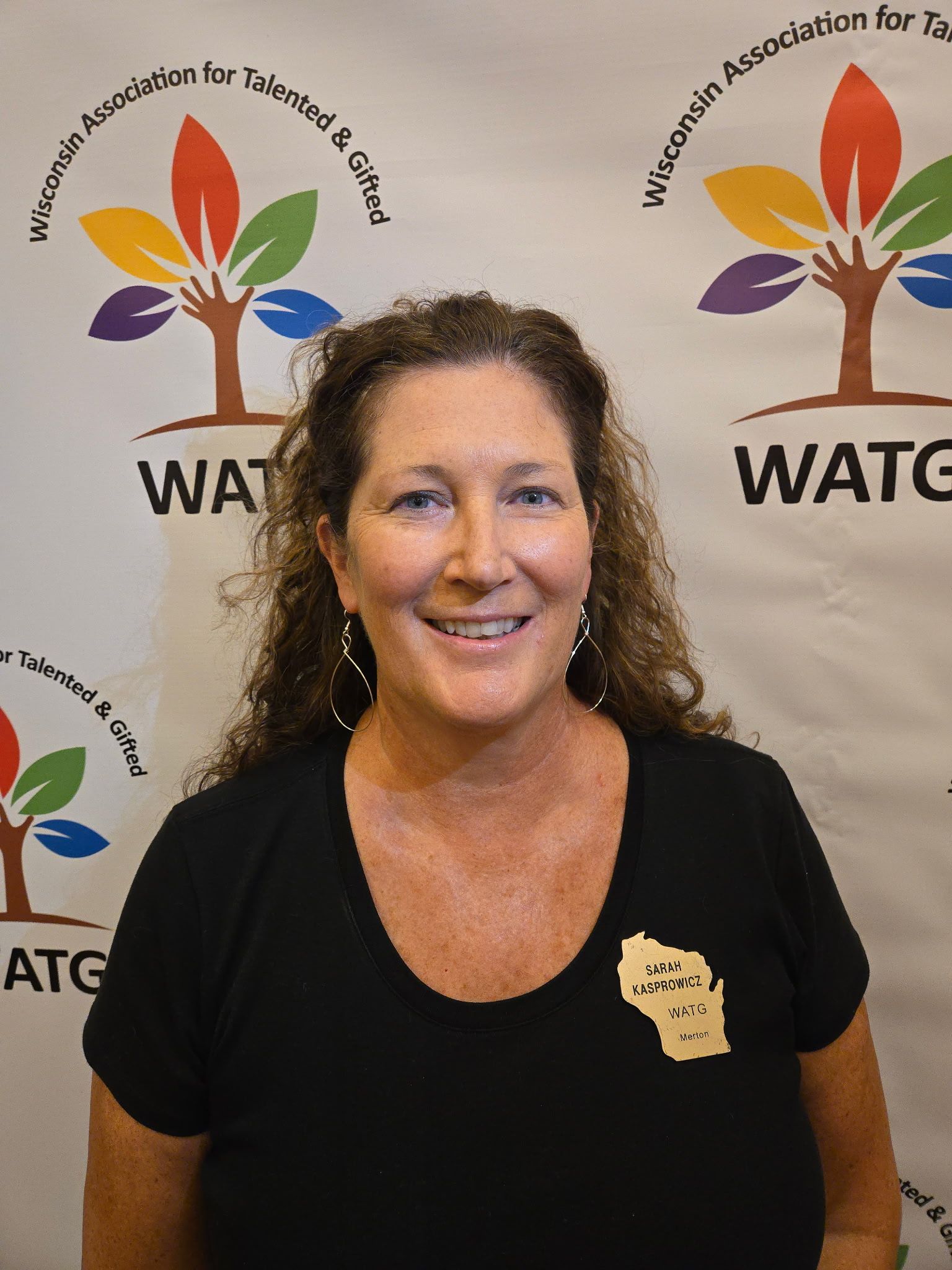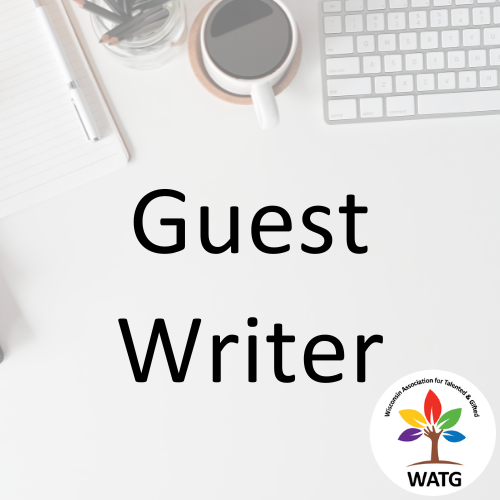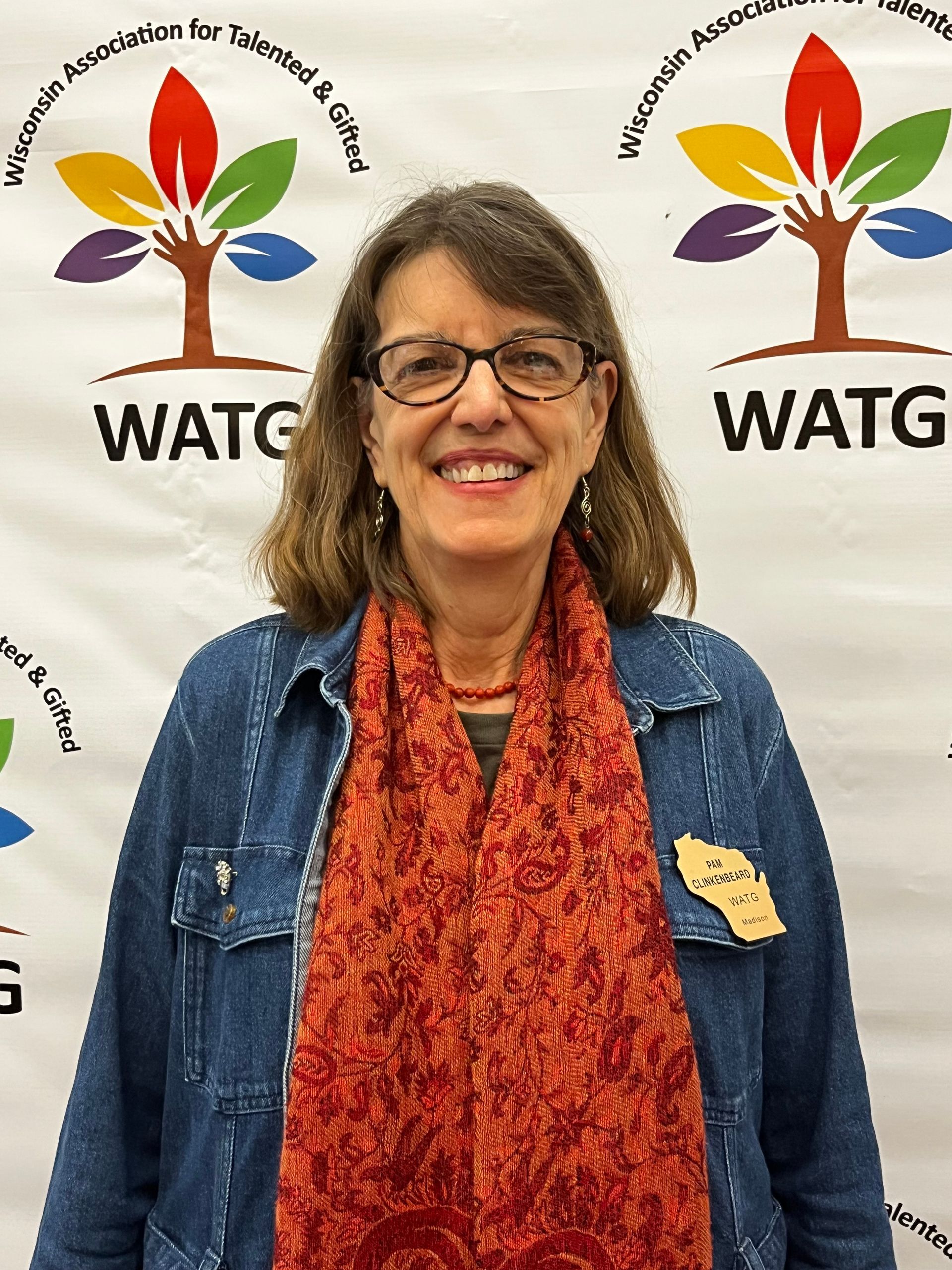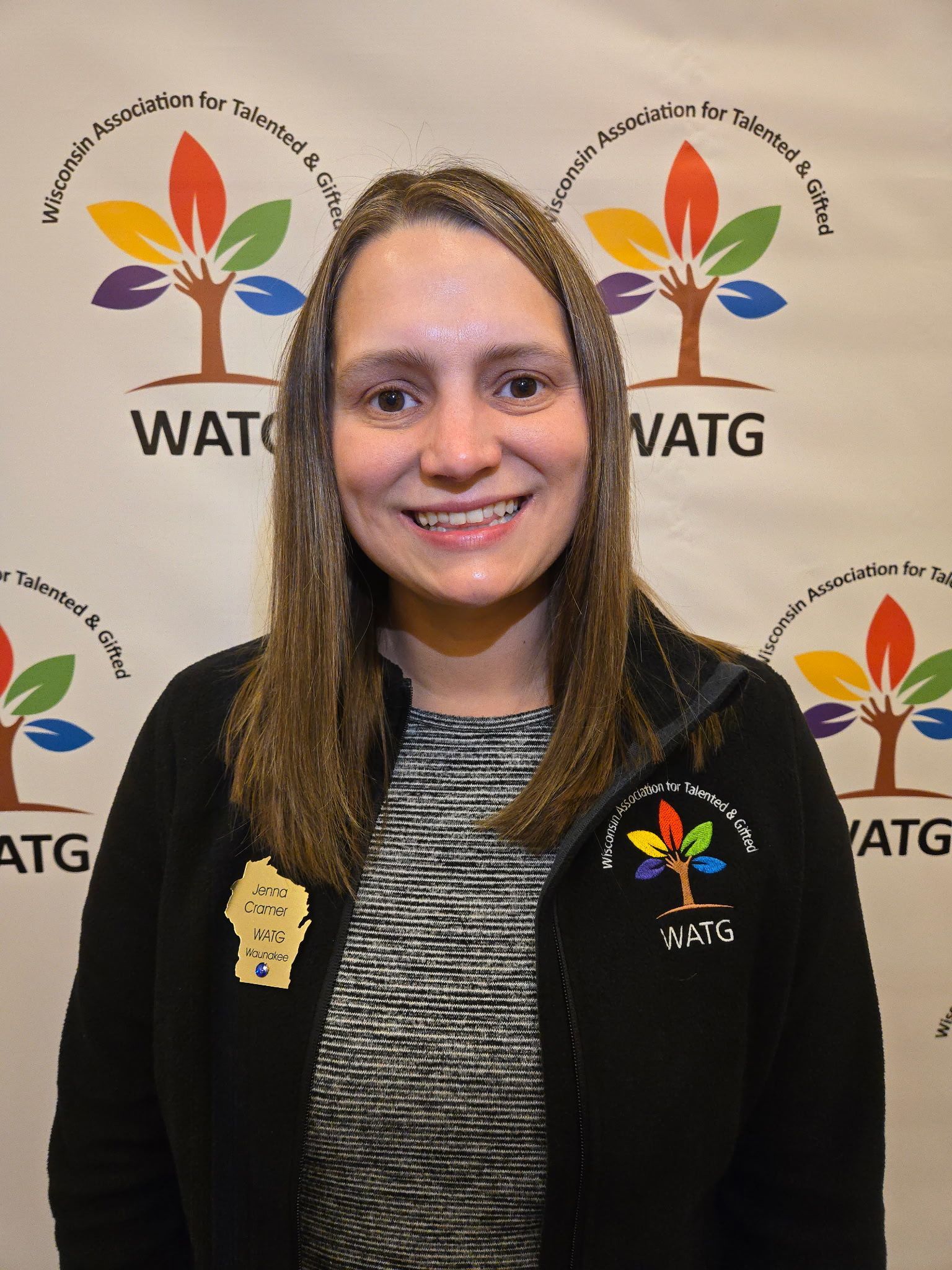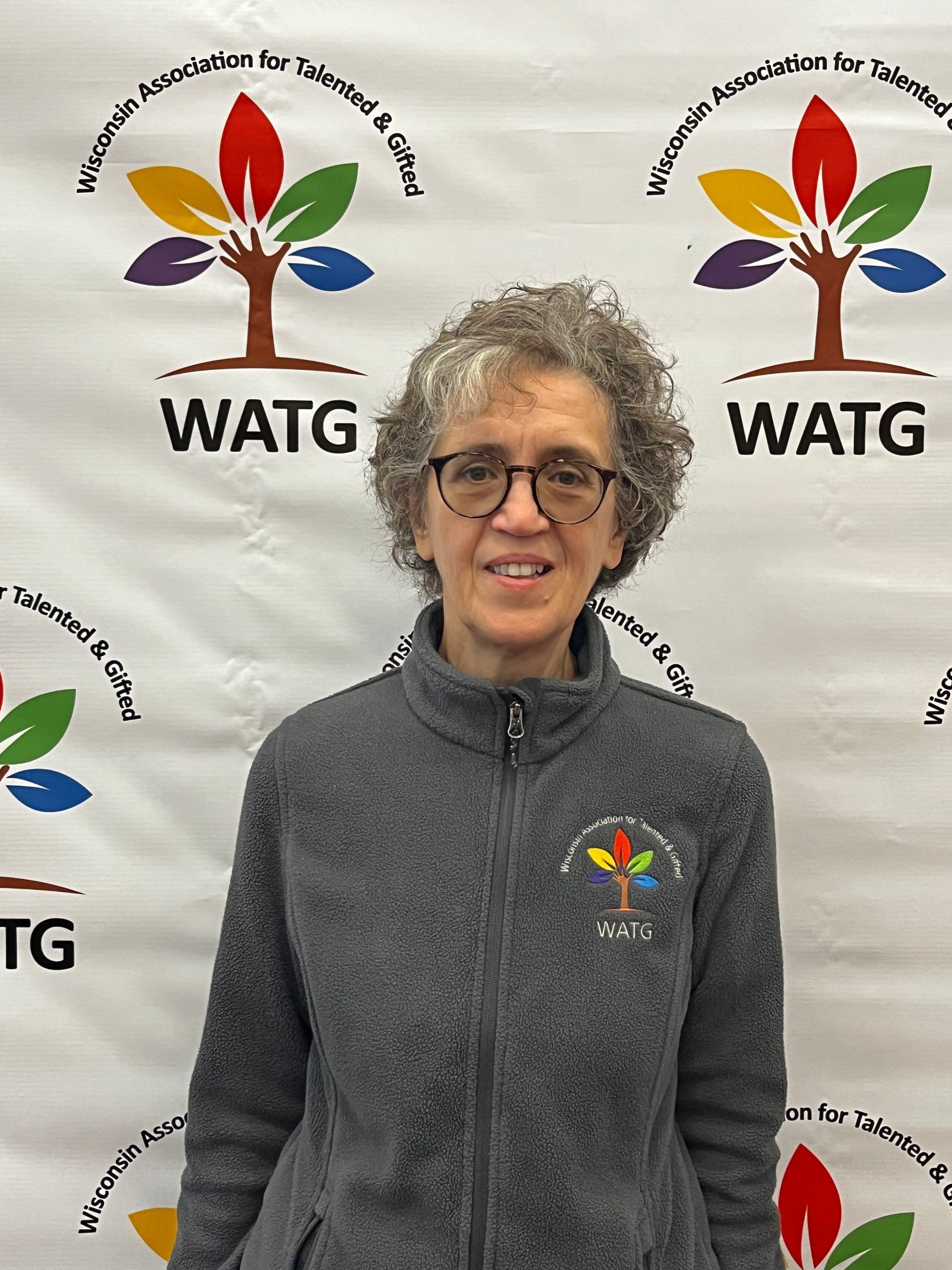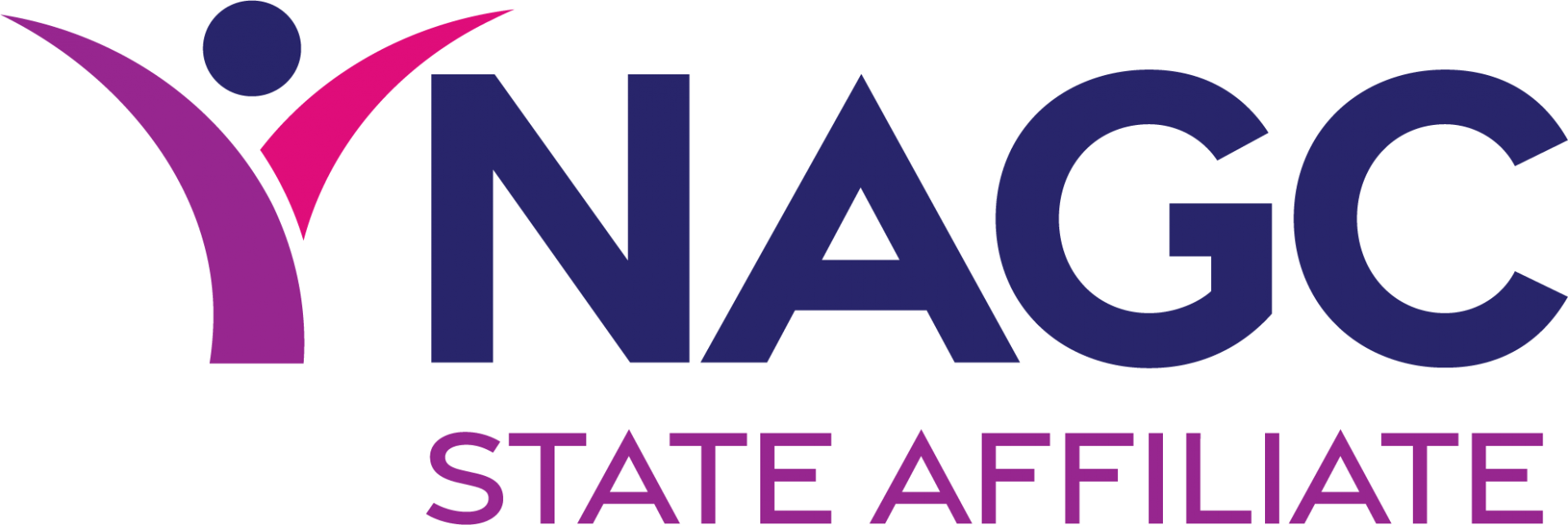Why Gifted Education Matters
Access to high-quality education is one of the pillars of a democratic society. Equal access to educational opportunities is important to prepare future generations for the fast-changing workforce and also to create a better future for society. Currently, the field of education is multi-faceted. This means that there are multiple pedagogical models that have evolved to meet the needs of a very neurodiverse group of students. Gifted education and the provision of gifted services for advanced/gifted learners are part of the diversity that exists within the field of education to meet the unique needs of learners whose abilities, gifts, and talents differ from the average person.
Gifted education is a specialized approach to teaching students who demonstrate exceptional abilities in intellectual, academic, creative, visual and performing arts, or leadership domains. While the broader education system aims to meet the needs of the average learner, gifted students often require differentiated instruction, accelerated learning opportunities, and enrichment to fully realize their potential. Yet, despite their capabilities, the needs of gifted students are frequently overlooked in educational policy and practice. Gifted education matters – not only for the individual student, but also for the society at large – because it ensures equity in learning, fosters innovation, and helps develop future leaders and problem solvers.
One common misconception about gifted education is that it is a form of elitism. In reality, equity in education means meeting students where they are and providing appropriate support to help them grow. Just as students with learning disabilities receive accommodations to help them succeed, gifted students require specialized instruction to remain challenged and engaged. Without access to gifted programs, these students may become bored, disengaged, or even underachieve. Ensuring that gifted learners receive the education they need is a matter of educational fairness, not privilege.
Furthermore, giftedness is found across all socioeconomic, racial, and cultural backgrounds. Gifted education, when implemented equitably, becomes a powerful tool for identifying and nurturing untapped potential in diverse populations. Gifted students from ethnically and linguistically diverse backgrounds make an essential part of American society.
This month, I would like to highlight 6 students from Milwaukee Public Schools, whose exceptional abilities placed them among the top 5 percent go achievers in the country. They have earned a spot at rigorous programs, and this serves to prove that gifted education matters. Please help me to congratulate these students, their families, and their communities for this incredible achievement!
La Excelencia Latina Award
I am pleased to share that Isabel Franco and José Rodríguez-González, two students of Ronald Reagan High School, will be honored by the National Association for Gifted Children (NAGC) with the La Excelencia Latina Award. Isabel and José will be recognized alongside three other gifted students from across the nation at this year's NAGC Convention, taking place November 13-15, 2025, in Pittsburgh, Pennsylvania.
The La Excelencia Latina Award celebrates the outstanding achievements of highly gifted students from around the country. Congratulations to Isabel and José, their families, and all MPS teachers who continue to serve as mentors and role models. See Full Press Release
here. ¡Sí se puede!
Young Mathematicians are Selected as Part of This Year's National Math Stars
After an incredibly competitive 2025 recruitment season, 4 students from Milwaukee Public Schools have been selected as National Math Stars! This year, a total of 1700 students applied for this program, and only 57 were selected. These students came from six states: Illinois, Indiana, Iowa, Michigan, Ohio, and Wisconsin. Milwaukee Public Schools is proud to serve these students and their families.
Your 2025 National Math Stars:
- Jeremiah Jones: 4th grader at Academy of Accelerated Learning
- Alexander Gaskell: 3rd Grader at Riley Dual Language Montessori
- Zain Gollnick: 4th grader at Academy of Accelerated Learning
- Soren Gollnick, 2nd grader at Academy of Accelerated Learning
As a National Math Star, these students will receive more than $100,000 in educational support over ten years, including personalized math mentoring, advanced coursework opportunities, STEM summer camps, and more. This huge accomplishment celebrates excellence. See
press release. Congratulations!
Recent Posts

